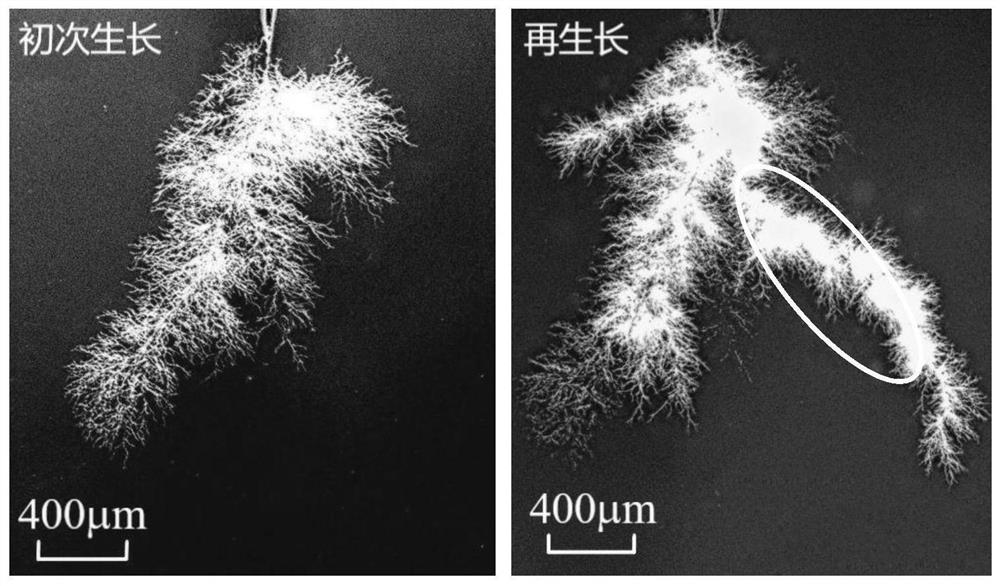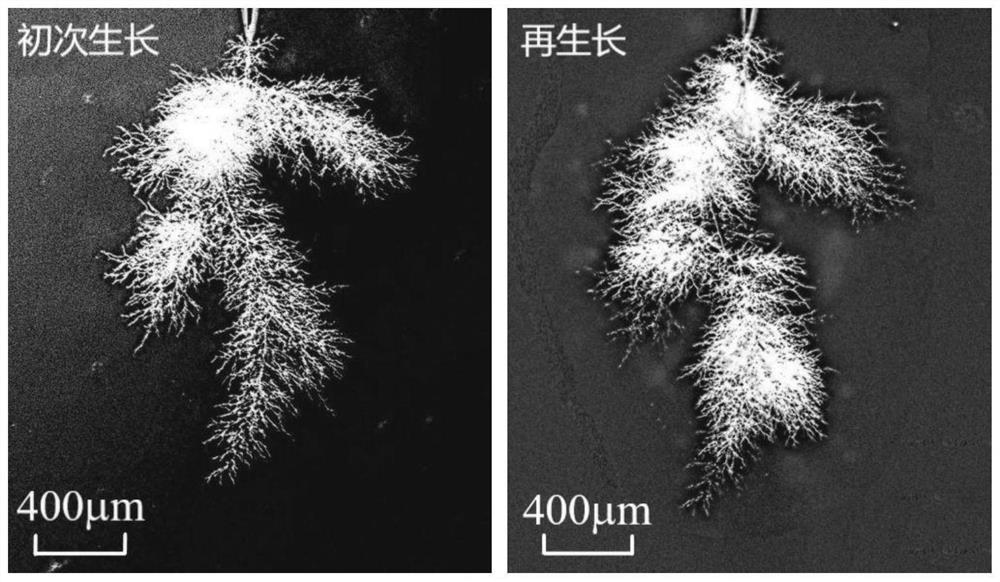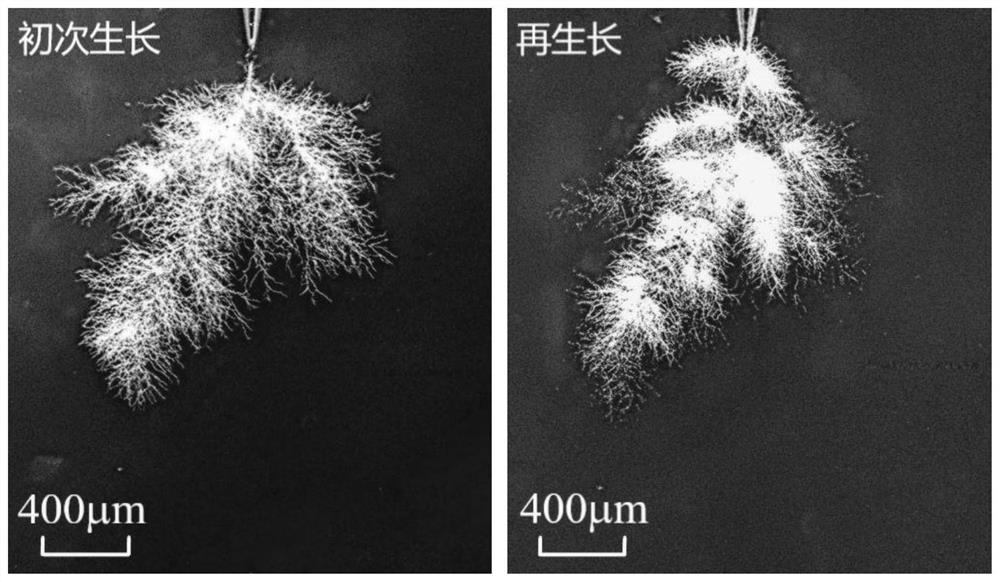Silicone rubber insulating material, silicone rubber insulator and preparation method and application of silicone rubber insulating material and silicone rubber insulator
A silicone rubber insulation and silicone rubber technology, which is applied in the field of insulating materials, can solve the problems that the aging performance of silicone rubber can not be effectively improved.
- Summary
- Abstract
- Description
- Claims
- Application Information
AI Technical Summary
Problems solved by technology
Method used
Image
Examples
preparation example Construction
[0026] For the preparation method of the hydrogen-bonding self-healing material formed by the polymerization of the above-mentioned polyacid and polyamine, refer to the preparation method of the hydrogen-bonding self-healing material common in the art. In order to flexibly control the number of reversible hydrogen bonds of the hydrogen-bonding self-healing material, the hydrogen-bonding self-healing material can be prepared by itself before preparing the silicone rubber insulating material of the present application. In some embodiments, the preparation method of the hydrogen-bonding self-healing material Including: in an inert gas environment, mix polyacid and polyamine and conduct heating reaction to obtain the first reaction product; extract the above first reaction product, and the lower layer is the second reaction product; remove the solvent and dried to obtain a hydrogen-bonded self-healing material.
[0027] In some embodiments, the above-mentioned inert gas is prefera...
Embodiment 1
[0040] (1) Put 1 part of diethylenetriamine and 2.5 parts of dimer acid (80% dimer content) into a three-necked flask, continuously feed nitrogen into the three-necked flask, stir mechanically at a uniform speed, and react at a temperature of 160°C for 24 hour to obtain the first reaction product;
[0041] (2) Dissolving the first reaction product in the mixed solution of chloroform / methanol / distilled water, after standing for stratification, using a separatory funnel to take out the lower layer mixed solution to obtain the second reactant;
[0042] (3) Pour the mixed solution of the lower layer into a rotary evaporator, remove most of the solvent, and then place the remaining mixed solution in a vacuum oven at 50°C. After vacuum treatment for 24 hours, a hydrogen-bonded self-healing material was obtained. Molecular weight 610~660;
[0043] (4) Dissolve 0.5 parts of hydrogen-bonded self-healing materials in chloroform solution to obtain solution A, and dissolve 100 parts of s...
Embodiment 2
[0047] The difference from Example 1 is that in step (4), 1 part of hydrogen-bonding self-healing material is dissolved in chloroform solution to obtain solution A.
PUM
 Login to View More
Login to View More Abstract
Description
Claims
Application Information
 Login to View More
Login to View More - R&D
- Intellectual Property
- Life Sciences
- Materials
- Tech Scout
- Unparalleled Data Quality
- Higher Quality Content
- 60% Fewer Hallucinations
Browse by: Latest US Patents, China's latest patents, Technical Efficacy Thesaurus, Application Domain, Technology Topic, Popular Technical Reports.
© 2025 PatSnap. All rights reserved.Legal|Privacy policy|Modern Slavery Act Transparency Statement|Sitemap|About US| Contact US: help@patsnap.com



